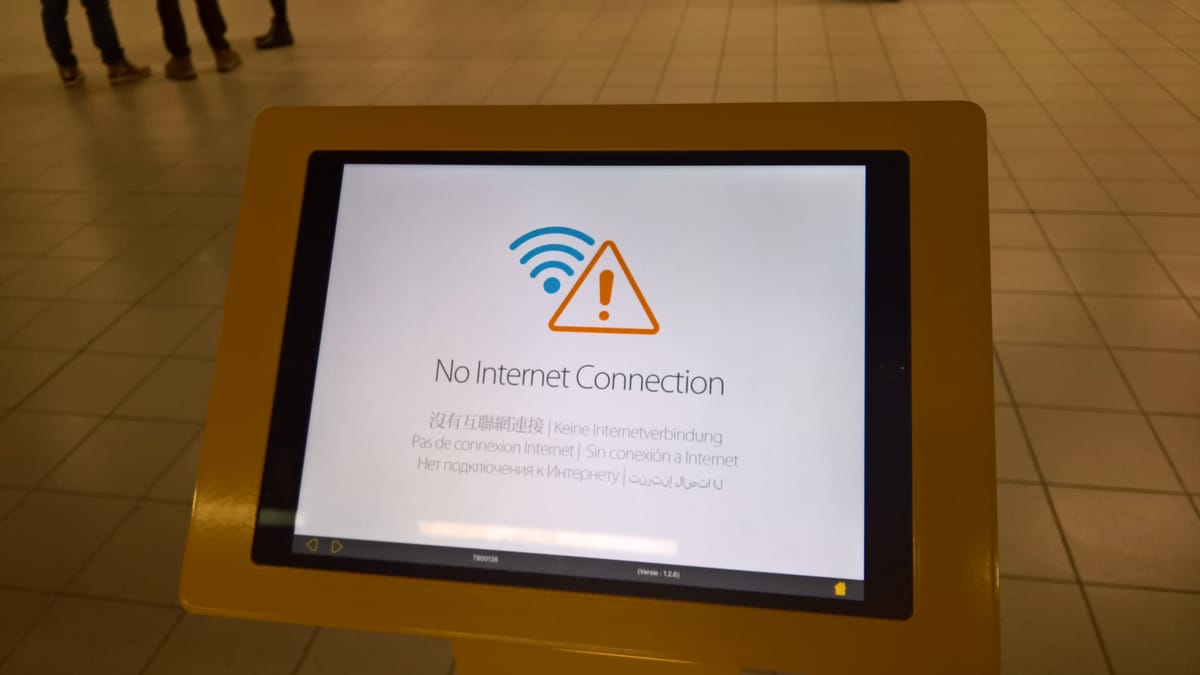The Digital Dark Ages: How Power Cuts and Government Shutdowns Crippled Global Internet Access in Q2
The second quarter of 2024 witnessed an alarming surge in internet outages across the globe, with power failures, damaged infrastructure, and government-imposed shutdowns creating a perfect storm of digital disruption. As millions found themselves cut off from the digital world, the incidents highlighted the fragile nature of our increasingly connected society and raised urgent questions about internet resilience.
The Scale of the Crisis
Internet monitoring organizations recorded over 180 significant outages worldwide during Q2 2024, representing a 34% increase compared to the same period in 2023. These disruptions affected an estimated 420 million users globally, with some regions experiencing complete digital blackouts lasting several days.
The most severe incidents weren't caused by cyberattacks or technical failures, but by fundamental infrastructure challenges that exposed critical vulnerabilities in our digital backbone. From Bangladesh to parts of Eastern Europe, entire nations found themselves digitally isolated due to cascading failures in power systems and deliberate government interventions.
Power Grid Failures: The Invisible Threat
Telecommunications infrastructure's heavy dependence on stable electricity became painfully apparent during Q2's series of power crises. In Bangladesh, rolling blackouts lasting up to 8 hours daily knocked out mobile towers and fiber optic networks, leaving 35 million users without reliable internet access for weeks.
The situation was particularly acute in regions with aging electrical grids. Nigeria experienced 47 separate internet outages during the quarter, with 89% directly linked to power supply issues. Internet service providers struggled to maintain backup generator fuel supplies amid economic pressures, creating a domino effect that rippled through the digital economy.
"We're seeing a fundamental infrastructure crisis," explains Dr. Sarah Chen, a telecommunications researcher at the Digital Infrastructure Institute. "When power grids fail, our digital world fails with it. The backup systems we thought would protect us simply weren't designed for prolonged, widespread outages."
Cable Cuts: Severing Digital Lifelines
Undersea cable damage emerged as another major culprit behind Q2's connectivity chaos. The Red Sea cable cuts in February continued to impact internet speeds and reliability throughout the quarter, particularly affecting traffic between Europe, Asia, and Africa. Repair efforts were complicated by ongoing regional conflicts, leaving some routes operating at reduced capacity for months.
Terrestrial cable infrastructure proved equally vulnerable. In Kenya, construction work accidentally severed three major fiber optic cables simultaneously, cutting internet access to over 8 million users across East Africa. The incident highlighted how concentrated internet infrastructure creates single points of failure with massive consequences.
Government Shutdowns: Digital Authoritarianism on the Rise
Perhaps most concerning was the deliberate nature of many outages. Government-imposed internet shutdowns reached unprecedented levels in Q2, with 23 countries implementing some form of digital restrictions. These ranged from complete blackouts during political unrest to selective social media blocks during examination periods.
Myanmar continued its pattern of systematic internet restrictions, with mobile data services cut for extended periods across multiple regions. Similarly, several West African nations implemented "precautionary" shutdowns during election periods, affecting millions of citizens' access to information and communication services.
The economic impact of these deliberate shutdowns was staggering. Digital rights organization Access Now estimates that government-imposed internet restrictions cost the global economy $2.8 billion during Q2 alone, with small businesses and digital workers bearing the brunt of the economic damage.
The Ripple Effects
Beyond immediate connectivity issues, these outages revealed how deeply internet access has become embedded in essential services. Healthcare systems relying on cloud-based patient records faced critical delays. Educational institutions conducting online learning were forced to suspend classes. Small businesses dependent on digital payment systems saw transactions grind to a halt.
The outages also exposed significant gaps in emergency communication systems. In several affected regions, citizens had no way to receive critical safety information or contact emergency services during power failures, highlighting the need for more resilient backup communication networks.
Building Digital Resilience
The Q2 internet outage crisis serves as a wake-up call for governments, businesses, and internet infrastructure providers worldwide. The incidents demonstrate that our digital infrastructure is only as strong as its weakest link – whether that's an aging power grid, a vulnerable cable route, or an authoritarian government's shutdown order.
Moving forward, building truly resilient internet infrastructure will require coordinated investment in power systems, diversified cable routes, and stronger international agreements protecting digital rights. As our dependence on digital connectivity continues to grow, ensuring reliable internet access becomes not just a convenience, but a fundamental necessity for modern society's functioning.
